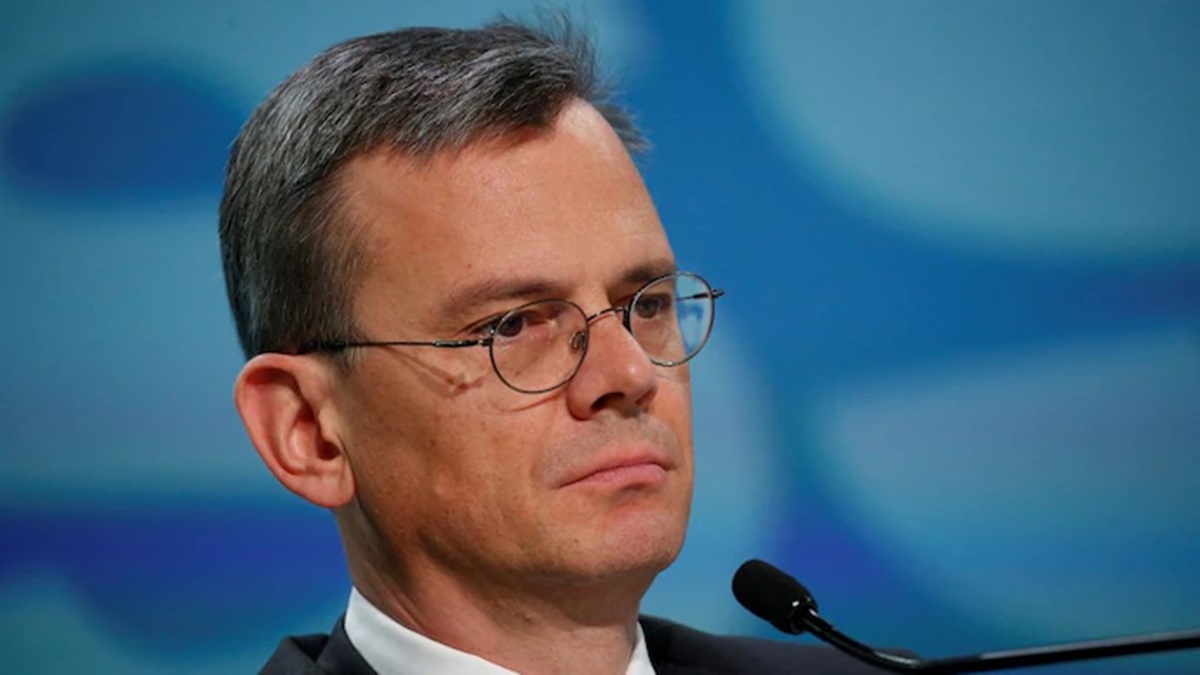In the wake of the COVID-19 pandemic, a quiet revolution has been reshaping the American workforce. Millions of people are not just quitting their jobs, they are walking away from entire industries in search of better pay, flexibility, and purpose. According to new data from job site Indeed, 64% of U.S. workers who switched jobs between 2022 and 2024 also moved into completely different career fields.
What began as a response to unprecedented disruption has evolved into a lasting change in how Americans approach work. From low-wage service jobs to demanding creative fields, many are turning the page on their past careers in favour of new ones that better align with their lives and values.
Pandemic opened the door to career reinvention
The seismic shifts in the labour market began during the early days of COVID-19, when 22 million people lost their jobs and entire industries were upended. But as businesses reopened and labor shortages took hold, workers found themselves with more leverage than ever before. Job switching became easier, and so did switching careers. But the career changes weren’t just about new opportunities. The crisis also sparked deep personal reflection. Many Americans were burned out from working long hours to cover for absent coworkers or were simply reassessing what they wanted out of life. These realisations, about the value of time, personal well-being, and job fulfillment, set the stage for a mass reevaluation of career paths.
New career priorities
This shift in mindset continues today. While the frenzy of the Great Resignation has cooled, the search for more meaningful and flexible work lives on. A February 2024 survey conducted by FlexJobs and SurveyMonkey found that 24% of respondents had tried to change careers in the past year, 6% had successfully done so, and another 39% planned to make a switch in 2025. In total, nearly 70% of Americans reported they were either actively changing careers or seriously considering it.
Remote work topped the list of reasons for making a change, cited by 67% of respondents. Other common motivations included a better work-life balance (52%), a more meaningful or fulfilling career (48%), and higher pay (48%). According to Toni Frana, a career expert with FlexJobs, workers are now more focused on aligning their careers with their values and personal goals.
Mass exodus from low-pay, high stress careers
Some industries have seen especially high rates of departure as a result of these changing priorities. Hospitality and tourism saw the highest attrition, with 91% of workers leaving the field between 2022 and 2024. Long hours, low wages, and unpredictable schedules made it one of the least attractive fields post-pandemic.
The arts and entertainment sector also suffered a major loss, with 86% of workers leaving. Though careers in this space are often seen as glamorous or creatively fulfilling, the reality of low financial security and tough competition led many to seek more stable paths. Similarly, 86% of child care workers exited the field, frustrated by long hours, emotional strain, and low pay. The industry was also severely impacted by early pandemic layoffs, losing over a third of its workforce in 2020 alone.
Logistics support roles saw the same rate of turnover, as the chaos of disrupted supply chains pushed many workers toward jobs with better pay and less pressure. In personal care and home health, 86% of workers left their roles, discouraged by inconsistent hours and inadequate compensation despite the emotional rewards of the work.
Why some workers are staying put
In contrast, several fields have retained the majority of their workforce, largely because they offer good pay, stable conditions, and a clear return on the investment in education and training. Nursing saw only a 28% departure rate, thanks to high demand, rising wages, and the extensive qualifications required to enter the field.
Software development also retained a strong majority of its professionals, with just 37% exiting. The field is known for its high salaries, remote-friendly roles, and relatively low stress, factors that have helped it weather the broader career-change storm. Dental professions saw a 38% exit rate, reflecting the limited transferability of their highly specialized skills and the significant investment required to qualify.
Therapy roles — including speech and occupational therapists, had a 51% turnover rate, with many professionals choosing to stay due to steady income and high job satisfaction. Accountants also demonstrated relative loyalty, with 52% leaving their roles during the two-year period, drawn to the stability, predictability, and clear career structure their profession offers.
Career stickiness
According to Indeed, workers are most likely to switch out of careers that require little formal training or licensing. Occupations that demand credentials or extensive schooling tend to see lower levels of turnover, both because of the cost of leaving and the difficulty of starting over elsewhere.
This trend is reflected in national labour statistics as well. In January 2024, the median job tenure dropped to 3.9 years, the shortest it’s been since 2002, compared to 4.1 years in 2022. The data suggests that while job loyalty is declining overall, it’s falling faster in roles with lower barriers to entry.
What began as a response to a global health crisis has evolved into a deeper transformation in how Americans approach their careers. Today’s workforce is increasingly driven by purpose, flexibility, and well-being, not just a paycheck. As a result, more workers than ever are not just changing jobs, they’re rewriting their professional stories altogether. Whether chasing better hours, more meaning, or a chance to work from anywhere, Americans are redefining what a career looks like in the modern age.
Source –




















